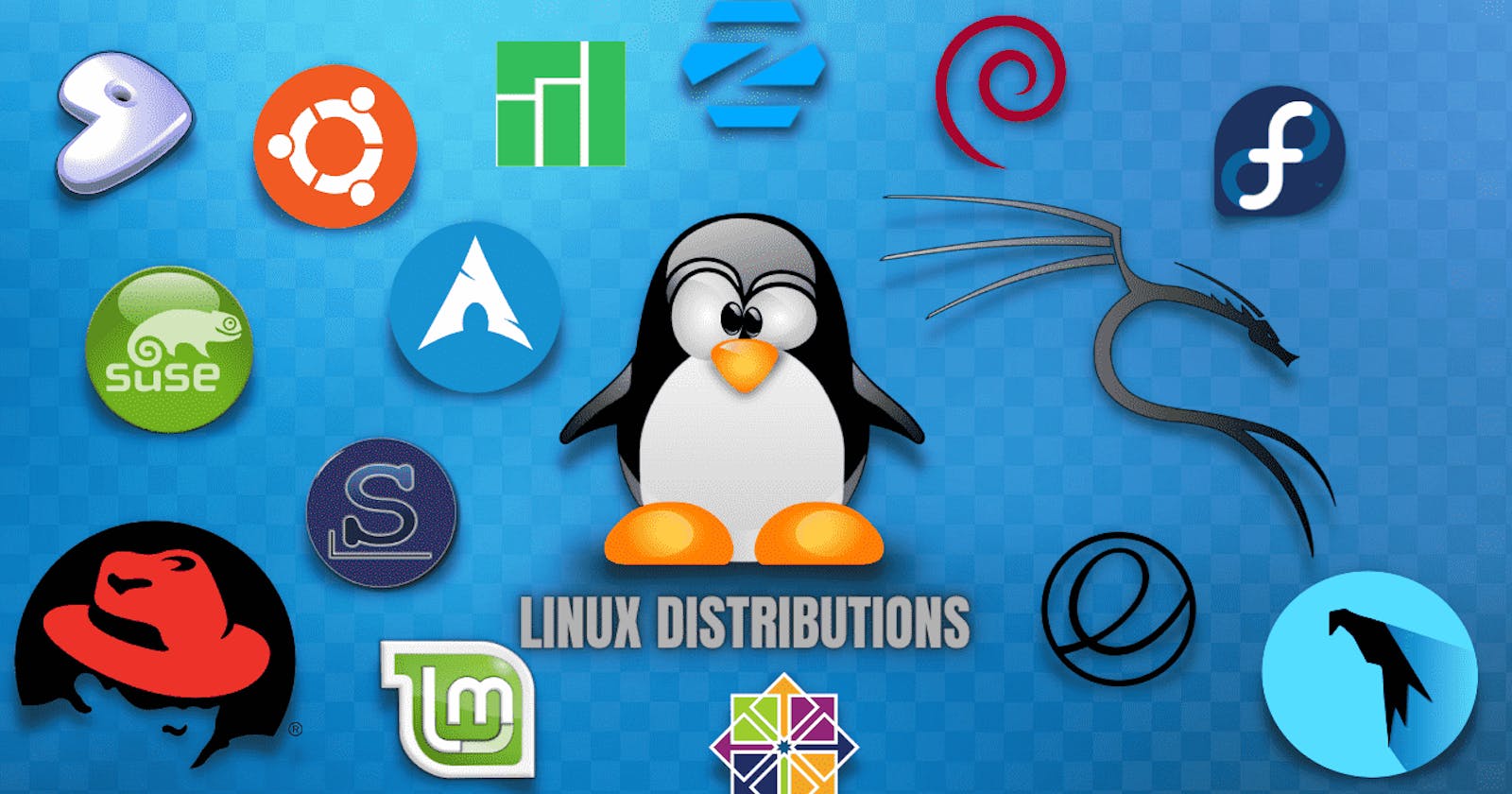Linux is an operating system, just like Windows or Mac-OS, but it's a little different. It's free and open-source software, which means that it's available to everyone to use and modify as they wish.
One of the biggest differences between Linux and other operating systems is that it uses a Command-Line Interface, which means that you type in commands using the keyboard instead of using a mouse to click on icons. This can seem a bit strange at first, but it's actually very powerful once you get used to it, at first its little bit seems to be difficult but as time goes on it became more fun and you will start to avoid other operating system.
Linux is made up of many different pieces of software, each with its own job to do. These pieces of software are called Packages, and they can be installed or removed from your system using something called a Package Manager.
One of The great things about Linux is that it's highly customizable. You can change the way it looks, the way it behaves, and even the way it works. This is because Linux is open-source, which means that anyone can look at the source code and make changes to it.
Another important thing to know about Linux is that it's very secure. It's not immune to Viruses Or Malware, but it's much less vulnerable than other operating systems. This is partly because it's less popular than other operating systems, but it's also because Linux is designed to be secure from the ground up.
Linux is also very stable. It doesn't crash or freeze as often as other operating systems, and it's very reliable. This is because Linux is designed to be run on servers, which need to be up and running 24/7.
Here are some basics of Linux for beginners:
Linux Distributions: Linux has many distributions, also known as distros, such as Ubuntu, Debian, Fedora, and CentOS. Each distribution comes with its own set of features and packages, but they all share a common core.
Command Line Interface (CLI): Linux primarily uses a CLI instead of a graphical user interface (GUI). The CLI is a text-based interface that allows you to interact with the system using commands.
Filesystem Hierarchy Standard (FHS): Linux has a hierarchical file system that organizes files and directories in a specific way. The root directory is represented by a forward slash (/), and all other directories are organized beneath it.
Permissions: Linux has a permissions system that regulates who can access files and directories. Permissions are divided into three categories: owner, group, and others.
Bash Shell : The Bash shell is a command-line interpreter that runs on Linux. It provides a way to execute commands and scripts, as well as manage files and directories.
Package Managers: Linux uses package managers to install, update, and remove the software. The two most common package managers are apt-get (used in Debian-based distributions) and yum (used in Red Hat-based distributions).
File Editing: Linux has several text editors, such as vi, nano, and emacs, which allow you to edit files directly from the command line.
Users and Groups: Linux allows you to create multiple user accounts, each with its own password and permissions. Users can also be organized into groups to simplify permissions management.
Processes: Linux treats everything as a process. A process is a program that is currently running on the system. You can view and manage processes using tools like ps, top, and htop.
System Configuration: Linux stores system configuration settings in text files. You can edit these files manually or use command-line tools to modify them.
These are just some of the basics of Linux, and there is much more to learn. However, understanding these concepts will give you a good foundation for using and working with Linux
